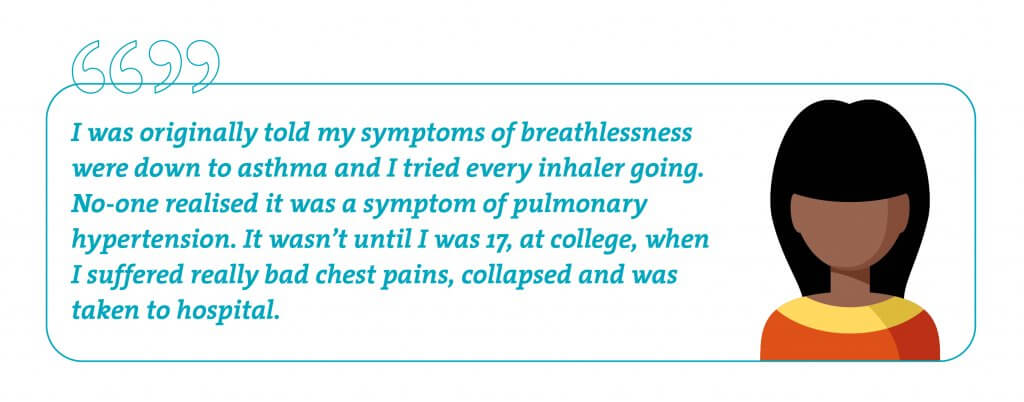Ventilation-perfusion scanning (also called V/Q scanning) is a two-part test that measures breathing (ventilation) and blood-flow (perfusion) in all parts of the lungs.
Ventilation-perfusion scanning produces a series of scans, which can help tell the doctor about the evenness of airflow and blood-flow to the lungs.
Ventilation-perfusion scanning is most often used to detect if there are blood clots in the lungs. Long-term blood clots in the lungs can be a cause of pulmonary hypertension (PH).
In ventilation-perfusion scanning you are given a very small amount of a radioactive substance. This allows the lungs to be scanned.
For the ventilation part of the test, you inhale a radioactive gas mixture. For the perfusion part of the test, the radioactive substance is injected into a vein. After the radioactive substance is inhaled or injected, the lungs are scanned.
